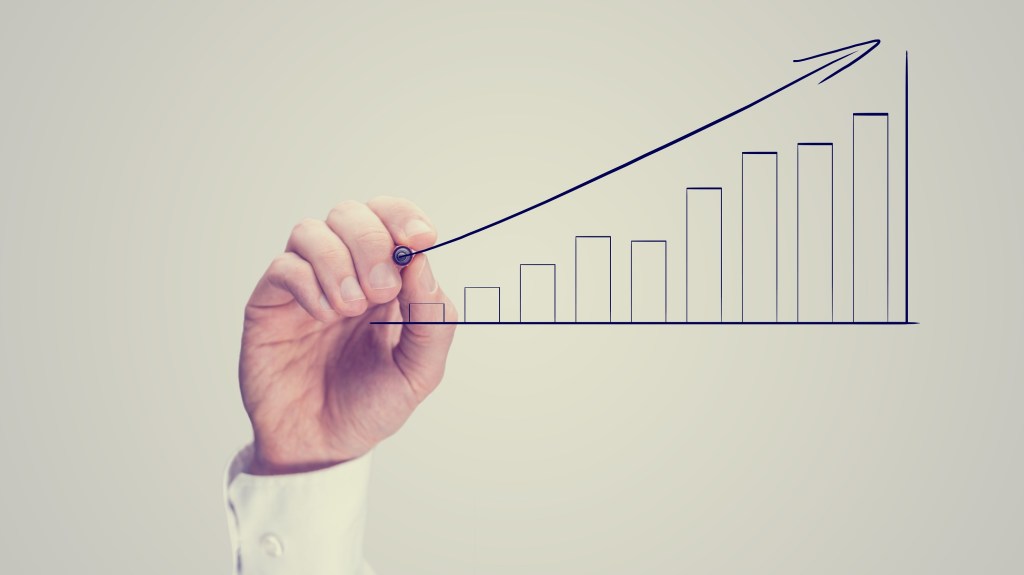Since 1985, the NAHB/Wells Fargo Housing Market Index (HMI) has been a reliable indicator of home builder market sentiment and a useful gauge of future construction growth. The data for the past decade reveals the pattern and duration of the long recovery for home building following the destructive impacts of the Great Recession. The HMI is a 100-point scale, with scores above 50 indicating that more builders report positive market conditions. The index is created from a sample of hundreds of builders.
At the start of 2010, the HMI was at a level of 15 as market demand remained weak, development financing was very tight, and macroeconomic conditions were poor. The HMI was at a data series low point of 8 in January 2009, when market conditions were the most difficult. The index showed a limited rebound, rising to 22 in spring 2010, near the end of the home-buyer tax credit period. The credit was a stimulus measure, which increased home sales by 10% to 20% while active. However, with the end of the tax credit, the HMI deteriorated to a level of 14 by September 2011.
It was in fall 2011 when an organic recovery took hold. The HMI, and single-family construction, rose through 2013. In fact, the HMI reached the key break-even sentiment level of 50 for the first time in seven years in June 2013.
The HMI has since been trending higher along with single-family starts, which increased from 619,000 in 2013 to almost 900,000 in 2019. Two notable dips illustrate the macro and affordability challenges the industry faced in recent years. The first was in 2013, as part of the “taper tantrum,” a brief rise in interest rates that accompanied the Federal Reserve announcement of the tapering of quantitative easing.
The other, more recent dip was in 2018, when the HMI fell from 68 to 56 over the last two months of the year. This was a reaction of builders to concerns of an overly-hawkish Fed, and recession-related concerns attributed to a brief inverted yield curve. The analytical value of the HMI was useful here, in that it offered a warning to monetary policymakers that the interest rate hikes of 2018 were a mistake. Fortunately, the Fed went from a hawkish to dovish position, and reduced rates by 75 basis points in 2019.
This reduction in rates set the stage for current conditions. With the HMI above 70 for several consecutive months and near a 20-year high, builders are ready to expand production in 2020. With a significant housing deficit in place in the U.S., the limits on housing production are connected to issues like zoning rules, skilled labor availability, and other factors that affect the timing and cost of building new homes. But for now, builder sentiment remains solidly positive as we begin a new decade.



